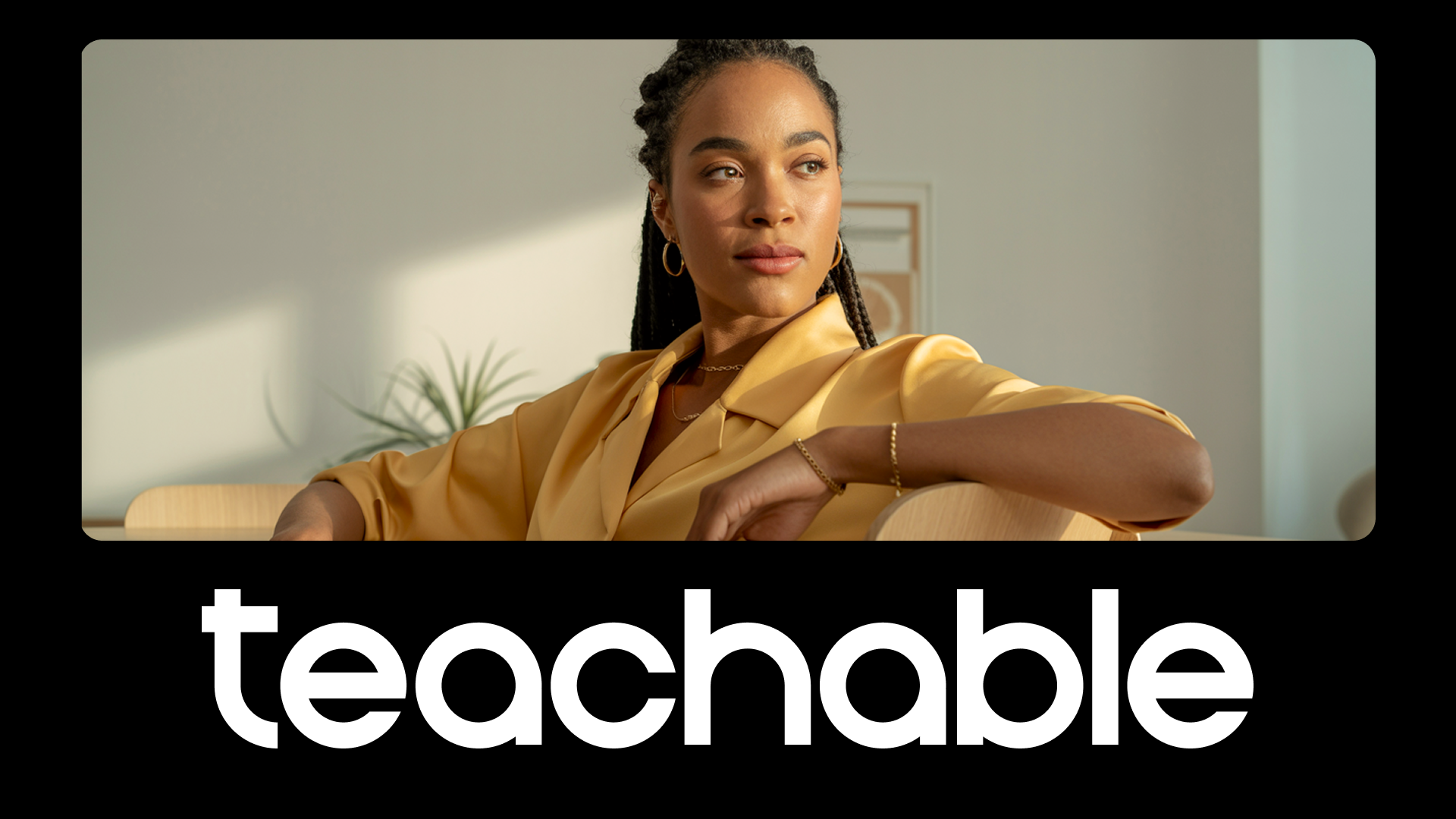The following is a guest post from creator and copywriting expert Konrad Sanders. He runs a team of strategic word-slingers, known as The Creative Copywriter. They’re a fast-growing content strategy and copywriting agency that blend art with science to help bold brands sell more stuff. They also have an online course available to anyone looking to level up their copywriting. Read on to get five expert copywriting tips from Konrad himself.
Wouldn’t it be great if Don Draper could sell your course for you?
The dapper suit, the slicked-back hair, the daytime whisky drinking, the cool speeches about toasted tobacco, the client schmoozing, the short client deadlines, the countless redrafts, the pulling your hair out over confusing feedback, the…
Wait, what?
Wouldn’t it be nice if just one thing was actually what it’s like on TV?
Copywriting might not be all the glitz and glamour that the hit TV show Mad Men makes it out to be, but boy oh boy is it still an amazing skill to have.
But getting started isn’t exactly a simple process.
Luckily for you, I’ve got some top tips that you can use to get started as a copywriter so that you can jumpstart your journey to writing spell-binding copy of your own.
So get your linguistic skills locked and loaded, and let’s dive in and see if we can make a Draper out of you.
{{recordgreatvideo-component="/blog-shortcodes/popups4"}}
Our 5 top tips for beginner copywriters
1. Learn the tricks of the trade
You may be a good writer.
Hell, you might even be a bang-up, blue-chip, bucking-bonanza of a writer.
In fact, you might be the best thing to happen to writing since sliced bread met Leonardo DiCaprio’s performance in ‘The Revenant’ and created an unholy bear-attack sandwich of talent.
But that doesn’t mean you’ll automatically be a successful copywriter.
Copywriting is a mix of creative writing, psychology, and word science. You need to use words to persuade, entice, and convert readers. You need to be able to root around in the brains of an audience and tap into what they want, then give it to them.
And this isn’t something that you can just do – it has to be learned.
Fortunately enough, there is a plethora of information out there that you can seek out and soak up like the lovely talented sponge that you are.
You’ve essentially got two options.
You can either make the most of every YouTube video, copywriting book, and expert opinion the internet has to offer – or you can take the plunge and invest in a writing course that is designed to get you started in the best possible way (Hint: this is definitely the best option) (Hint hint: this is definitely the best option of the best option).
2. Sell a good night’s sleep – not the mattress
This isn’t an incredibly niche piece of advice aimed entirely at copywriters for mattress companies.
Although that would be quite funny.
Instead, it’s my own little quip that I use to highlight the need to sell the benefit a product or service offers, not the product or service itself.
No matter what you’re selling, you should be focusing on what tangible advantages you can offer the reader to solve a problem of theirs. These are known as “pain points” and are an extremely effective method of conversion.
You’re highlighting an issue that people have, then – oh would you look at that? – you have the solution right here that will make the reader’s life ten times better.
And who doesn’t want a better life?
3. Storytelling is simply the best
Did you know that Tina Turner’s classic ‘The Best’ was actually written about her love for storytelling?
Okay, that’s an obvious lie, but if I wrote that song then that’s who I’d be signing it to.
Storytelling is the bee’s knees of copywriting techniques. It’s engaging, it taps into people’s memories and emotions, it creates suspense and intrigue, and it’s everything you’ll ever want and everything you’ll ever need.
Human beings have been telling stories since the dawn of time.
From cavemen scrawling pictures into rocks, to Dickens warning us about being moody at Christmas, all the way to British politicians describing what they definitely didn’t do at that gathering that definitely wasn’t a party.
We all love a story.
So why not tap into that love?
Open a blog post with a detailed tale, elicit a childhood memory when comparing buying a new car to getting your first bike – light your reader’s imagination on fire with your storytelling prowess.
4. The proofing is in the pudding
Don’t you hate it when you’re reading a piece of content and see a really obvious spelling error?
It can really take you out of the moment. A snap back to reality of sorts can be the difference between being fully immersed, and being slightly annoyed. A small error that makes things feel a bit… off.
“If only you proofread your piece before you published it!” you’d cry.
But proofreading your work isn’t just about picking out spelling errors, or grammar mistakes. It’s also about making sure your piece is as high quality as possible and hits all the right notes.
At my agency, The Creative Copywriter, we developed a set of methodologies that you can use to fine-tune your copy. ‘The 13 Lenses’ is used by our team to analyze copy, sharpen words, and put each and every piece we create into focus.
Feel free to use it, it really works! (Even if I do say so myself)
5. Never stop learning
Albert Einstein once said, “Once you stop learning you start dying”.
Apparently, ol’ Albie was a pretty morbid guy.
But the essence of what he’s saying is entirely true. You will never be the perfect copywriter, and there will always be someone out there who does something better than you – and that’s okay.
Knowing you’re not the best isn’t a negative thing, it’s a positive thing that should light a fire and push you to keep learning all there is to know.
The world of copywriting is huge, with a wide variety of specialties and nuance aplenty. But the more you learn, the better you become.
It’s literally that simple.
Join more than 150,000 creators who use Teachable to make a real impact and earn a real income.



.png)
.png)



